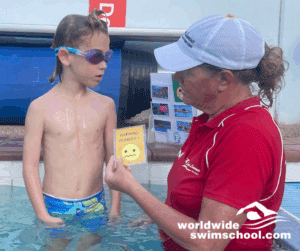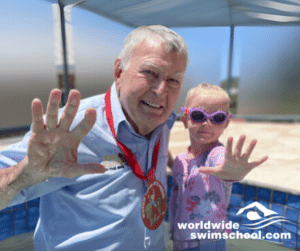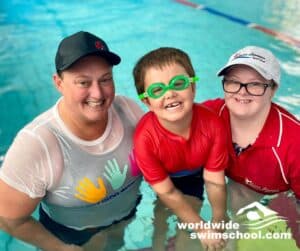Embarking on the journey of learning how to swim can be both exciting and challenging. The fear of drowning often discourages many from taking the plunge into this life-changing skill. However, fear not, as we present a comprehensive guide to mastering the art of swimming. Follow these detailed steps to make your learning experience less daunting and more enjoyable.
Getting Comfortable in the Water
Overcoming the Fear
Many people hesitate learning how to swim due to the fear of drowning. While drownings can occur, simple safety measures can significantly reduce the risk. Always swim with a companion, preferably a strong swimmer, and choose areas with lifeguards for added safety. Avoid swimming alone and refrain from starting in moving water if you are a beginner.
Learning how to swim is great exercise and also provides numerous benefits, both physically and mentally. Swimming is a low-impact exercise that engages multiple muscle groups, making it an excellent cardiovascular workout. It can help improve overall flexibility and balance while promoting relaxation and stress relief.
In addition, becoming proficient in swimming can provide a sense of accomplishment and boost self-confidence. Don't let fear hold you back from experiencing the joy of swimming. With proper instruction and safety precautions, anyone can learn this essential life skill and enjoy its many physical and mental benefits.
Whether you're an adult interested in leisurely laps, swim training or adventurous water sports, learning how to swim opens up a whole new world of possibilities for fun activities both in and outside of the pool, and in open water settings like lakes or oceans. Dive into the world of swimming today for a healthier, more confident version of yourself!
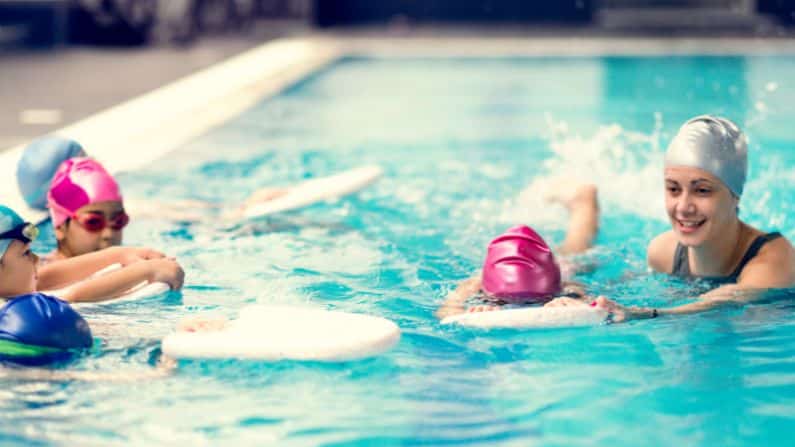
Safety First
Prioritize safety by using proper safety gear until you gain enough water experience. Stay within a depth that you can handle comfortably, and avoid swimming during inclement weather conditions. Cold water can pose a challenge, making limb movement difficult, so be mindful of the water temperature.
It's also important to be aware of your surroundings while in the water. Make sure you are familiar with any potential hazards. Always swim with a buddy and never venture too far from shore without proper supervision. It's always better to err on the side of caution when it comes to water safety.
In addition, make sure to stay hydrated and well-rested before swimming, as fatigue can increase your risk for accidents. If you have any medical conditions or injuries that could potentially affect your ability to swim, consult with a doctor beforehand.
Remember that swimming is meant to be enjoyable and relaxing, but it should always be approached with caution and respect of the water. By following these tips and constantly practicing good safety habits, you can ensure that every trip into the water is a fun and rewarding experience.
Master the Art of Floating
Getting comfortable with floating is a crucial skill for any swimmer. Practice floating on your stomach and back in shallow water until you feel at ease. Remember to exhale underwater and, if needed, use goggles to enhance your comfort and vision.
Floating is not just about being relaxed and calm in the water, it also plays an important role in slowly building confidence and improving your overall swimming ability. By slowly mastering floating, you will learn how to control your breathing, maintain a streamlined body position, and develop a better understanding of the water's movements.
As you become more comfortable with floating on your own, slowly try incorporating it into various strokes such as freestyle or backstroke. This will help improve your balance and stability while swimming and ultimately make you a stronger swimmer. Don't be afraid to take your time with this skill; everyone learns at their own pace.
Practice Swimming Strokes and Treading Water
Perfecting Your Kicks
Whether you are floating on your back or holding onto the pool's edge, practice kicking to enhance your leg strength. Experiment with flutter kicks, whip kicks, and eggbeater kicks to develop versatility in the water.
Kicking is an essential skill in swimming as it helps propel you forward and maintain proper body positioning. It also engages your core muscles, allowing for a more efficient and effective swim stroke. By incorporating different kicking techniques into your workout routine, you can target specific muscle groups and improve overall lower body strength.
Additionally, focusing on your kicks can help improve balance, coordination, and stability in the water. So next time you hit the pool, don't forget to give those legs and feet some extra attention with some kick drills!
Embrace Different Strokes
As you progress, how to learn to swim the different swimming strokes to navigate the water efficiently. Start with the backstroke and front stroke (freestyle), gradually advancing to more intricate strokes like the butterfly and breaststroke. Each stroke offers unique benefits and challenges, contributing to your overall, swimming technique and proficiency.
As you continue to practice swimming, don't be afraid to push yourself out of your comfort zone and try new techniques. Enrol in a swim class or join a local swim club at a pool to receive expert guidance and support from experienced swimmers.
With practice and determination, you will not only improve your physical strength and endurance, but also develop mental clarity and emotional well-being through the rhythmic motion of swimming.
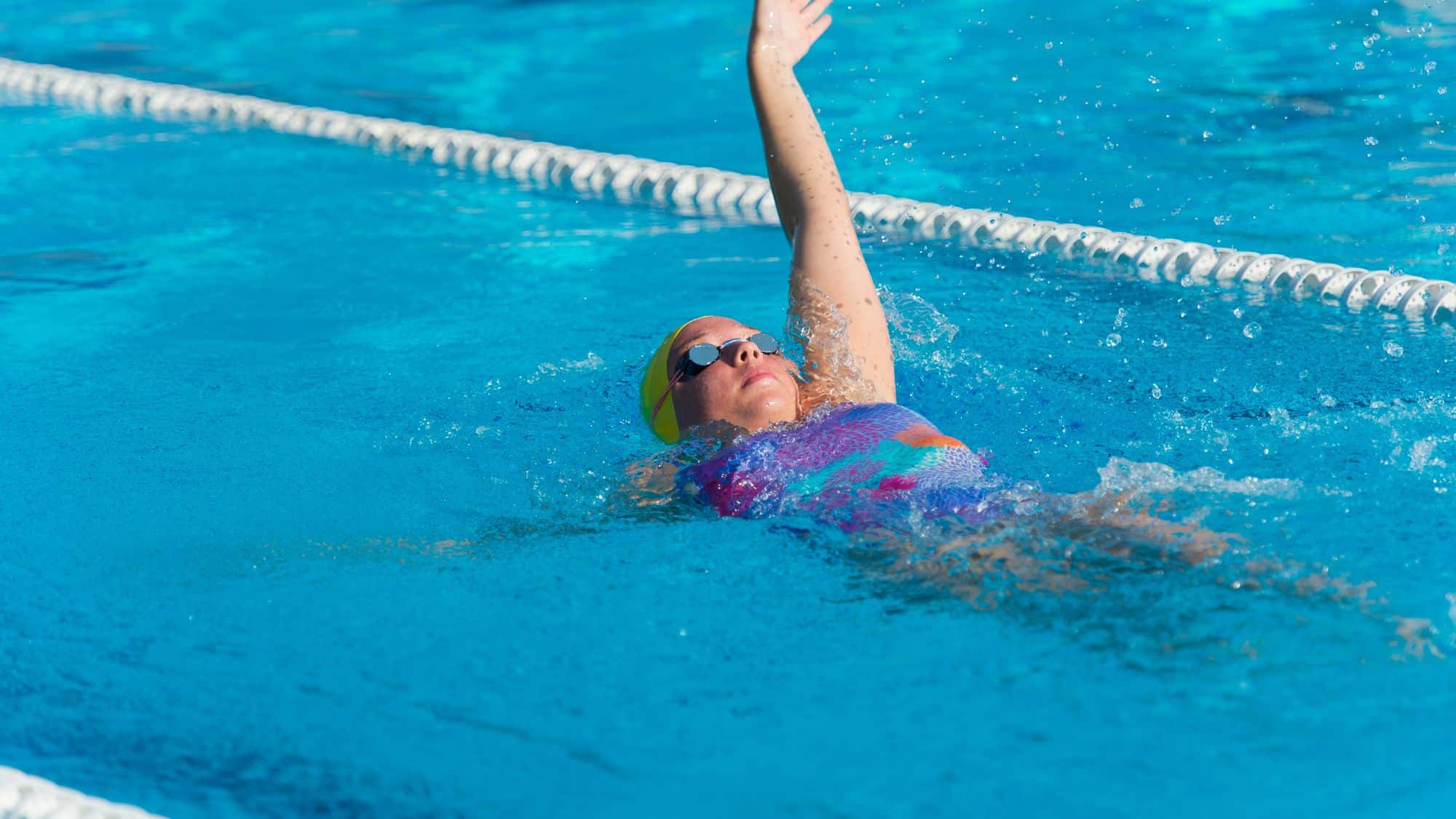
Treading Water Techniques
Treading water is a valuable skill for catching your breath without swimming. Master the eggbeater kick and use your hands for balance through sculling.
Treading water can be a lifesaving skill, especially in emergency situations. By keeping your head and body afloat and conserving energy, you are able to stay above water for longer periods of time.
Learning the eggbeater kick, also known as the rotary kick using left leg and right leg, is an essential technique for treading water effectively. It allows you to maintain a stable position while using your core, arms, shoulders and hands for balance through sculling movements. With swim practice, you will be able to tread water effortlessly and with minimal effort.
In addition to mastering the eggbeater kick, it is crucial to learn techniques that will help you rise from the bottom of the pool when needed. These techniques involve swimmers using your arms, legs and shoulders to propel, lift or pull yourself upwards by pushing against both the floor and surface of the water simultaneously. This method requires strength and coordination but can come in handy when trying to reach safety or retrieve an object from underwater.
Not only is treading water beneficial for its practical uses, but it also offers numerous health benefits. It provides a low-impact cardiovascular workout that improves endurance, builds core strength and strengthens muscles throughout your arms and body.
Learning How to Learn to Swim
When it comes to finding the best swimming pool for swim lessons, it is important to do thorough research in your area. With so many various lesson options available, it can be overwhelming to choose the right one. However, by following these steps and learning these tips, swimmers can easily narrow down your swimming pool and lesson search and find the perfect swimming lessons for your children.
- google search
- visit web sites
- check reviews
- speak to other parents
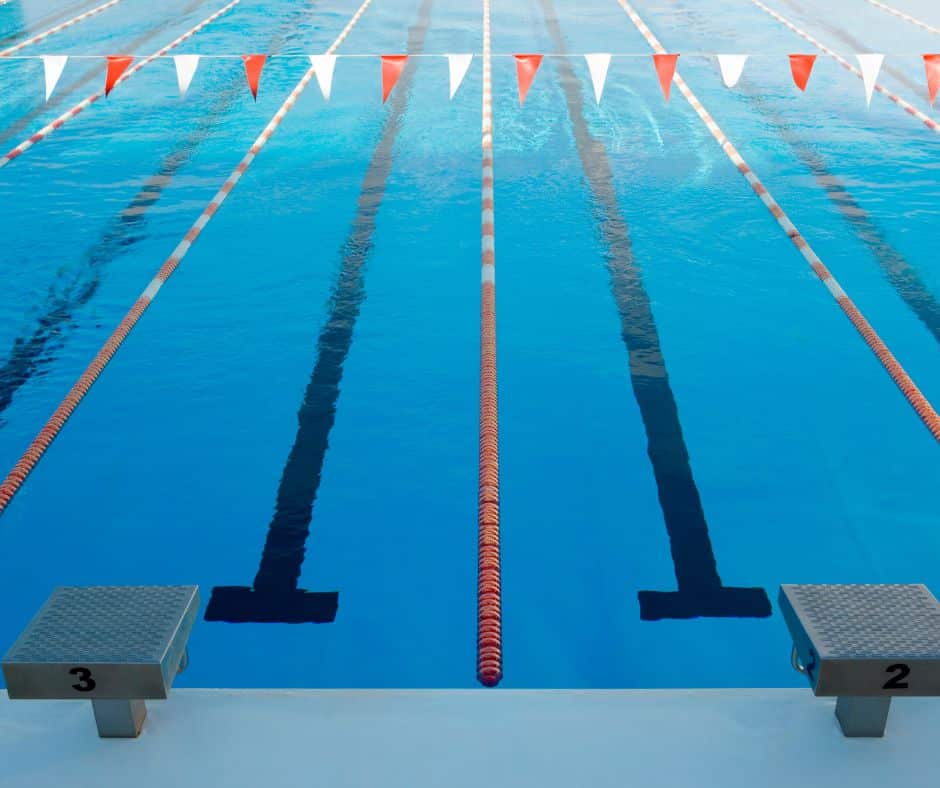
Conclusion
Learning how to swim is a gradual process that demands patience and dedication. By following this comprehensive guide, you'll not only overcome the initial fear but also master the art of swimming. Dive into this transformative journey, and soon swimming will be a breeze.
Join our community and keep up to date with new articles, special offers - it is free to join!
Looking for more information on learning how to swim - don't go past the Swim Library.


